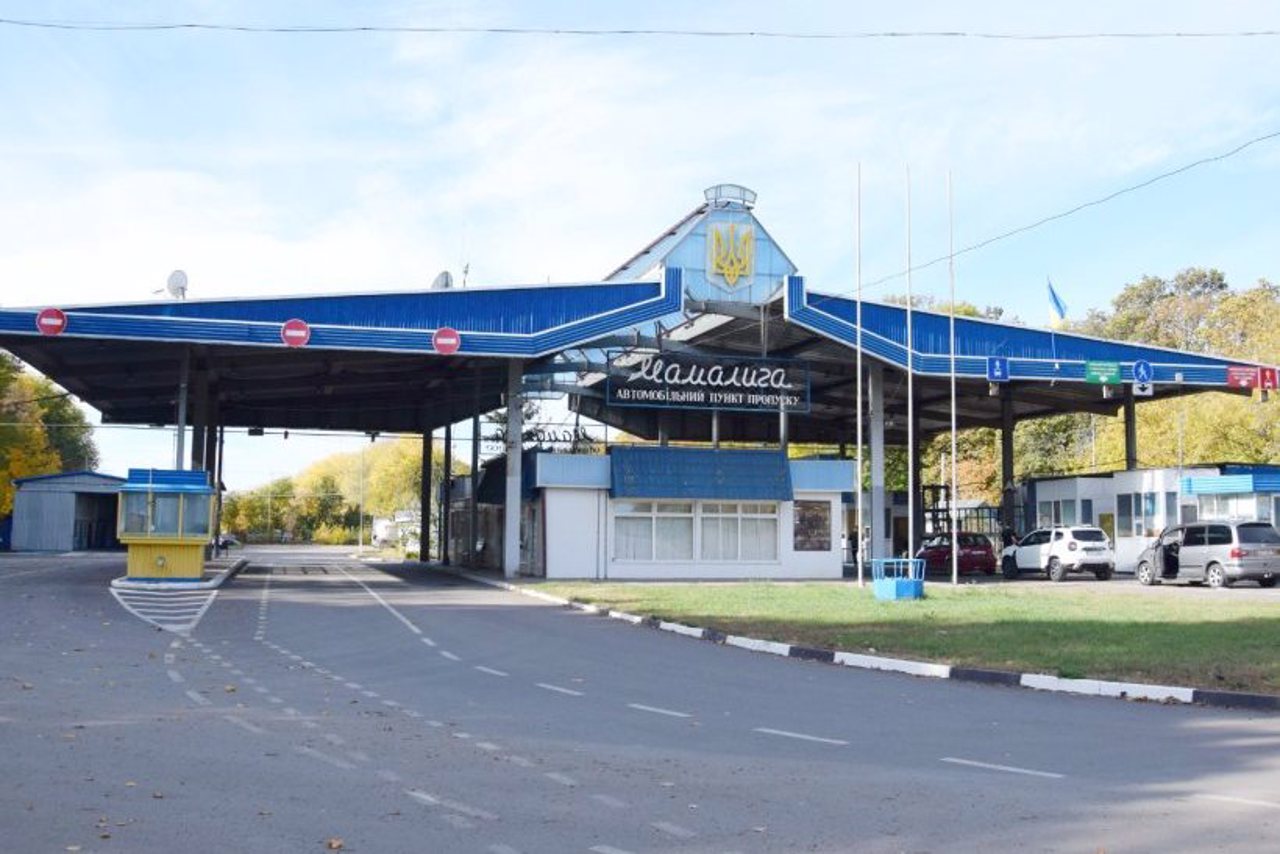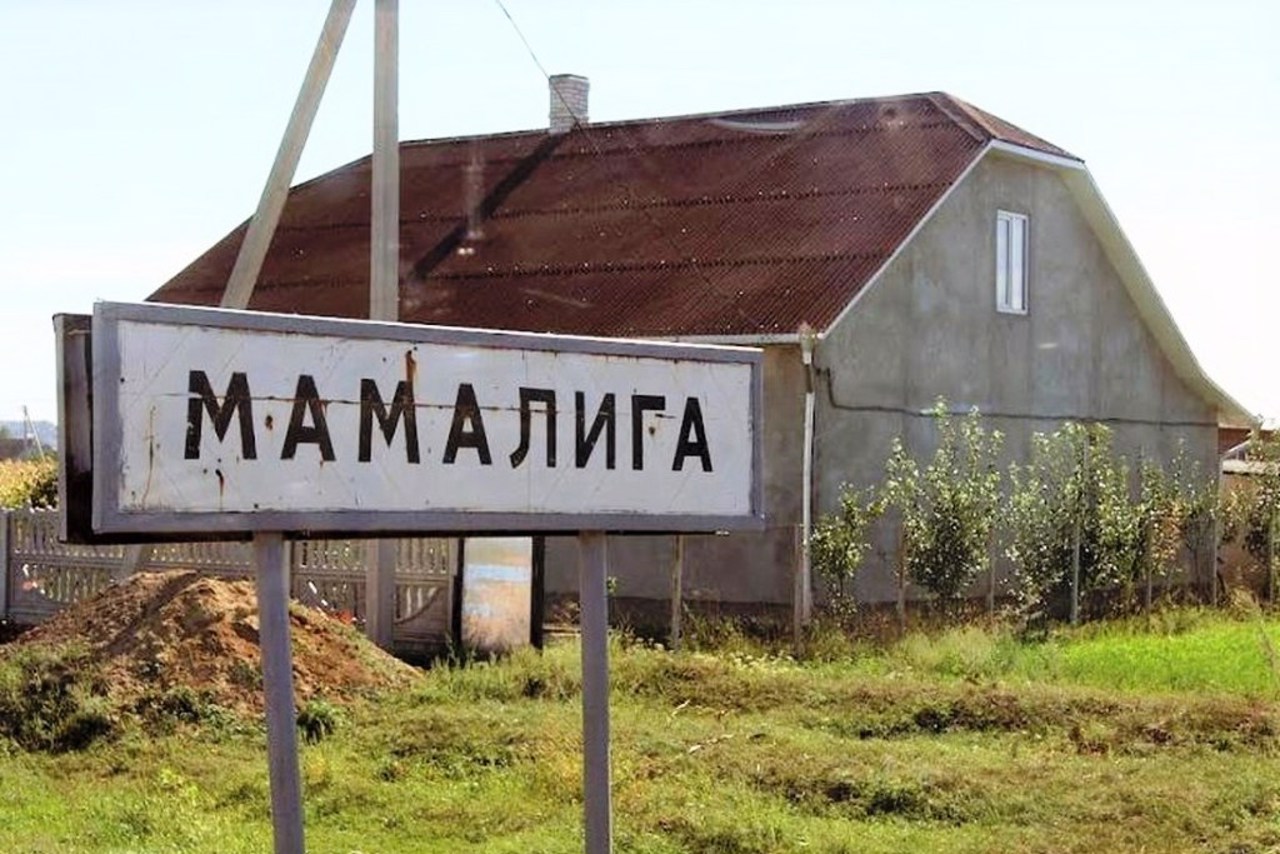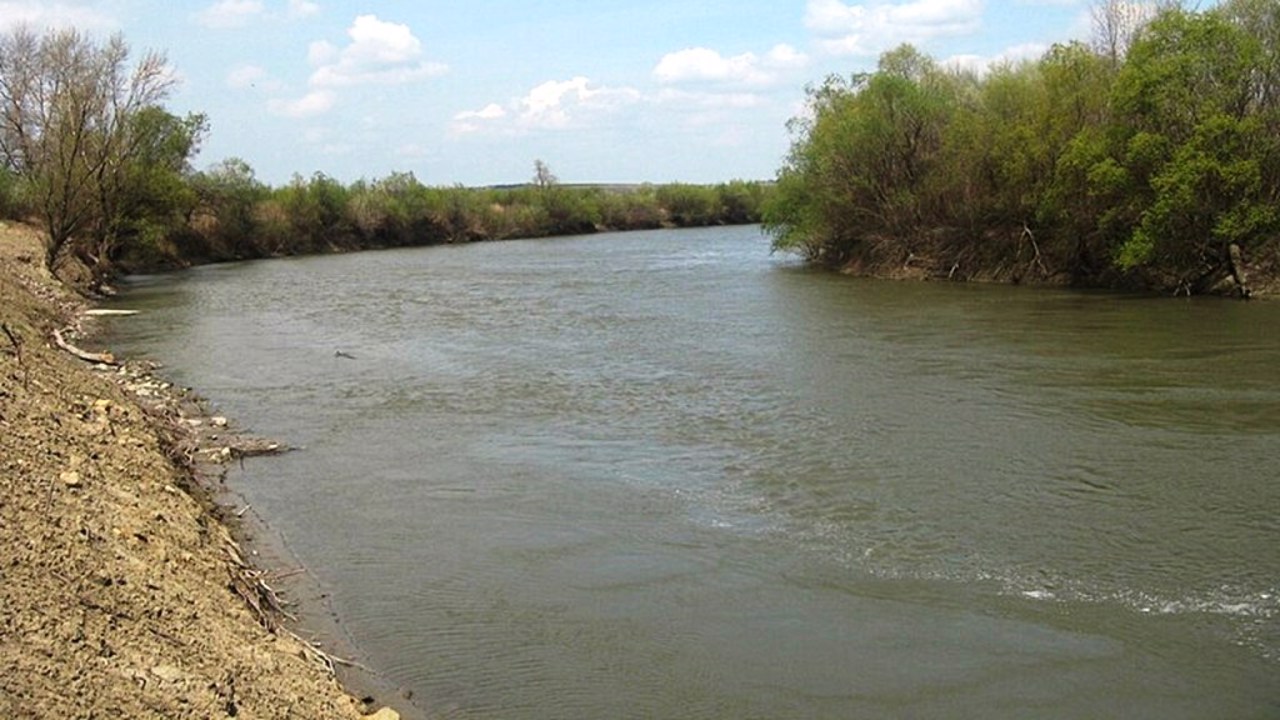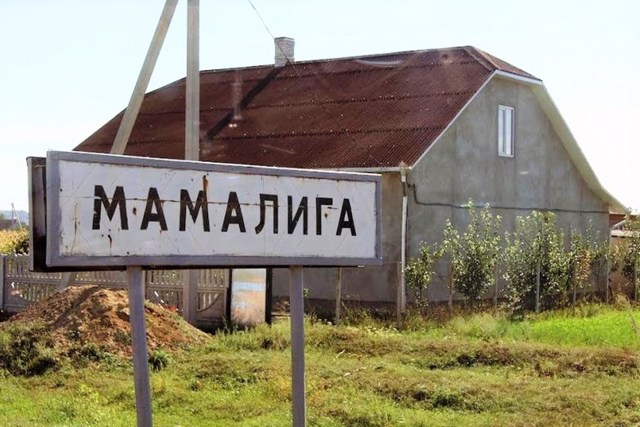Functional temporarily unavailable
General information about Mamalyha
The border village Mamalyha is located on the banks of the Prut River, near the junction of the borders of Ukraine, Moldova and Romania, 50 kilometers east of Chernivtsi. The village is home to the automobile and railway border control point "Mamalyha - Kryva" at the entrance to Moldova.
Administratively, the village Mamalyha is part of the Dnistrovskyi district of the Chernivtsi region.
Legend connects the name of the village Mamalyha with a popular dish made of corn flour in these parts, which the locals allegedly fed King Stephen the Great during his halt ...
The border village Mamalyha is located on the banks of the Prut River, near the junction of the borders of Ukraine, Moldova and Romania, 50 kilometers east of Chernivtsi. The village is home to the automobile and railway border control point "Mamalyha - Kryva" at the entrance to Moldova.
Administratively, the village Mamalyha is part of the Dnistrovskyi district of the Chernivtsi region.
Legend connects the name of the village Mamalyha with a popular dish made of corn flour in these parts, which the locals allegedly fed King Stephen the Great during his halt. However, the village is first mentioned in written sources much later - in 1771.
From the very beginning, it was a settlement on one of the trade routes from Ukraine to Europe. On the border of Ukraine with Moldova, from south to north, from the railway to the Mamalyha forest, the so-called Turkish Rampart, built in the 18th century. Since the beginning of the 19th century, the border between the Russian Empire and Romania passed here, and in the neighboring village of Coshuliany, the remains of an old bridge over the Cherlena Mare River have been preserved.
Прикордонне село Мамалига розташоване на березі річки Прут, біля стику кордонів України, Молдови та Румунії, за 50 кілометрів на схід від Чернівців. У селі розташований автомобільний та залізничний пункт пропуску "Мамалига – Крива" на в'їзді в Молдову.
Адміністративно село Мамалига входить до складу Дністровського району Чернівецької області.
Легенда пов'язує назву села Мамалига з популярною в цих краях стравою з кукурудзяного борошна, якою нібито місцеві мешканці нагодували короля Штефана Великого під час його привалу. Проте в писемних джерела ...
Прикордонне село Мамалига розташоване на березі річки Прут, біля стику кордонів України, Молдови та Румунії, за 50 кілометрів на схід від Чернівців. У селі розташований автомобільний та залізничний пункт пропуску "Мамалига – Крива" на в'їзді в Молдову.
Адміністративно село Мамалига входить до складу Дністровського району Чернівецької області.
Легенда пов'язує назву села Мамалига з популярною в цих краях стравою з кукурудзяного борошна, якою нібито місцеві мешканці нагодували короля Штефана Великого під час його привалу. Проте в писемних джерелах село вперше згадується значно пізніше – в 1771 році.
Від самого початку це було поселення на одному з торгових шляхів з України до Європи. На кордоні України з Молдовою, з півдня на північ, від залізничної дороги до Мамалигівського лісу тягнеться так званий Турецький вал, споруджений у XVIII столітті. З початку XIX століття тут проходив кордон між Російською імперією та Румунією, в сусідньому селі Кошуляни збереглися залишки старого мосту через річку Черлена Маре.
Сплануй своє перебування у Mamalyha
What to see and where to go in Mamalyha
Tourist attractions and museums of Mamalyha
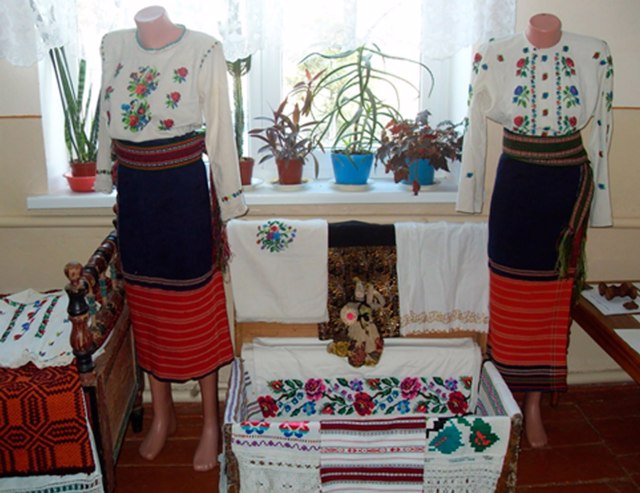
Mamalyha Village History Museum
Museum / gallery
The Mamalyha Village History Museum was opened in 1979 in the village House of Culture on the initiative and with the assistance of local historian, history teacher Serhii Kordunian. In the 1990s, the village history museum temporarily ceased its activities and resumed its work in 2013 in the premises of a secondary school.
Chronologically, the museum covers the entire history of the region - from ancient times to the present. The museum's exposition consists of the following sections: "Ethnographic", "Local History", "Our Region in Antiquity", "From the History of the Village of Mamalyha", "The Tsarist Period in the History of the Region", "The Village of Mamalyha of the Romanian Period", "They Defended the Motherland", "From the Ashes of Oblivion", "Numismatic Collection. Bonistics", "They are from our village" and others.
The museum has a large collection of archaeological finds, documents, photographs, household items, ethnographic monuments. Also presented are objects of material and spiritual culture, tools of labor, household items, sets of women's and men's clothing, photographs of participants in the First and Second World Wars, a memorial sign to fellow village soldiers, and the formation and development of education, culture, and health care in the village are also shown. A valuable exhibit is a wooden icon from the late 18th century. The decoration of the museum is a model of an ordinary peasant hut covered with reeds.
Mamalyha on photo and video
Reviews Mamalyha
Geographical information about Mamalyha
| {{itemKey}} | {{itemValue}} |
|---|---|
| Region |
Chernivtsi |
